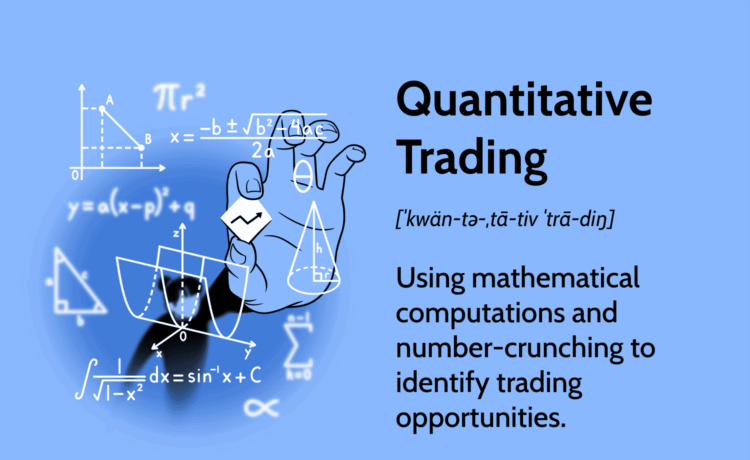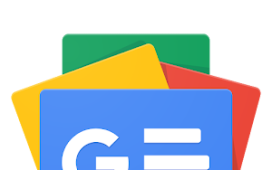What Is Quantitative Trading?
Quantitative trading employs mathematical models and extensive data analysis to identify trading opportunities in financial markets. This approach typically involves analyzing factors like price and trading volume, allowing traders to make data-driven decisions.
Originally the domain of financial institutions and hedge funds dealing in substantial transactions, quantitative trading is increasingly accessible to individual investors who seek the advantages of structured, emotion-free trading frameworks.
Key Takeaways
- Quantitative trading involves using mathematical models and large datasets to identify trading opportunities, generally leveraged by financial institutions and hedge funds due to its complexity.
- Quantitative trading strategies are developed by creating computerized models that are backtested using historical data, allowing for data-driven trading decisions that minimize emotional bias.
- While quantitative trading can eliminate emotional influences and process vast amounts of data, it faces challenges such as market adaptability since models may be temporarily profitable under specific market conditions but fail when these conditions change.
- Successful quantitative traders typically have advanced degrees in fields like statistics or computer science and are in high demand, potentially earning significant salaries when working with major hedge funds or trading firms.
- Quantitative trading is closely linked with algorithmic trading, where automated systems execute trades based on mathematically derived strategies, offering quicker and more precise decision-making than human traders.
How Quantitative Trading Works
Quantitative traders take advantage of modern technology, mathematics, and the availability of comprehensive databases for making rational trading decisions.
Quantitative traders take a trading technique and create a model of it using mathematics, and then they develop a computer program that applies the model to historical market data. The model is then backtested and optimized. If favorable results are achieved, the system is then implemented in real-time markets with real capital.
We can better understand how quantitative trading models work by using an analogy. Consider a weather report in which the meteorologist forecasts a 90% chance of rain while the sun is shining. The meteorologist derives this counterintuitive conclusion by collecting and analyzing climate data from sensors throughout the area.
A computerized quantitative analysis reveals specific patterns in the data. When these patterns are compared to the same patterns revealed in historical climate data (backtesting), and 90 out of 100 times the result is rain, then the meteorologist can draw the conclusion with confidence—hence, the 90% forecast. Quantitative traders apply this same process to the financial market to make trading decisions.
Tip
Common data inputs for quantitative analysis include historical price, volume, and asset correlations.
Real-World Examples of Quantitative Trading Strategies
Traders can customize quantitative trading algorithms to evaluate various stock-related parameters. Consider the case of a trader who believes in momentum investing. They can choose to write a simple program that picks out the winners during an upward momentum in the markets. During the next market upturn, the program will buy those stocks.
This is a fairly simple example of quantitative trading. Typically an assortment of parameters, from technical analysis to value stocks to fundamental analysis, is used to pick out a complex mix of stocks designed to maximize profits. These parameters are programmed into a trading system to take advantage of market movements.
Pros and Cons of Quantitative Trading
The goal of trading is to calculate the best probability of making a profit. Typically, a trader can only monitor and analyze a limited number of securities before data overloads their decision-making. The use of quantitative trading techniques illuminates this limit by using computers to automate the monitoring, analyzing, and trading decisions.
Overcoming emotion is one of the most pervasive problems with trading. Be it fear or greed, when trading, emotion serves only to stifle rational thinking, which usually leads to losses. Computers and mathematics do not possess emotions, so quantitative trading eliminates this problem.
Quantitative trading does have its problems. Financial markets are some of the most dynamic entities that exist. Therefore, quantitative trading models must be as dynamic to be consistently successful. Many quantitative traders develop models that are profitable for certain market conditions but fail when those conditions change.
Frequently Asked Questions
Do quant traders make a lot of money?
Because they must possess a certain level of mathematical skill, training, and knowledge, quant traders are often in demand on Wall St. Indeed, many quants have advanced degrees in fields like applied statistics, computer science, or mathematical modeling. As a result, successful quants can earn a great deal of money, especially if they are employed by a successful hedge fund or trading firm.
What is a quantitative trader?
Quantitative traders, or quants for short, use mathematical models and large data sets to identify trading opportunities and buy and sell securities.
How do I become a quant?
An aspiring quant trader needs to be exceptionally skilled and interested in all things mathematical. A bachelor’s degree in math, a master’s degree in financial engineering or quantitative financial modeling, or an MBA are all helpful for scoring a job; many analysts will also have a Ph.D. in these or similar fields. In addition to an advanced degree, a quant should also have experience and familiarity with data mining, research methods, statistical analysis, and automated trading systems.
What is the difference between algorithmic and quantitative trading?
The primary difference is that algorithmic trading is able to automate trading decisions and executions. While a human can be a quant, computers are much faster and more accurate than even the most dexterous trader. However, the bottom line is that the two are not mutually exclusive. Algorithm trading is normally quantitate trading being done by automated computer algorithms.
Where can I learn algorithmic or quantitative trading for free?
Because quant trading requires a mastery of math, statistics, and programming, it is unlikely to be the case that one can simply read a few books and become adept. Rather, successful quants invest a great deal of time and money in formal education, industry credentialing, and self-study. Additionally, the cost of the trading systems and infrastructure to begin trading as a quant are high and capital-intensive. That said, online courses on the subject do exist. These could be a great way to get an introduction and try out the field before investing further.


